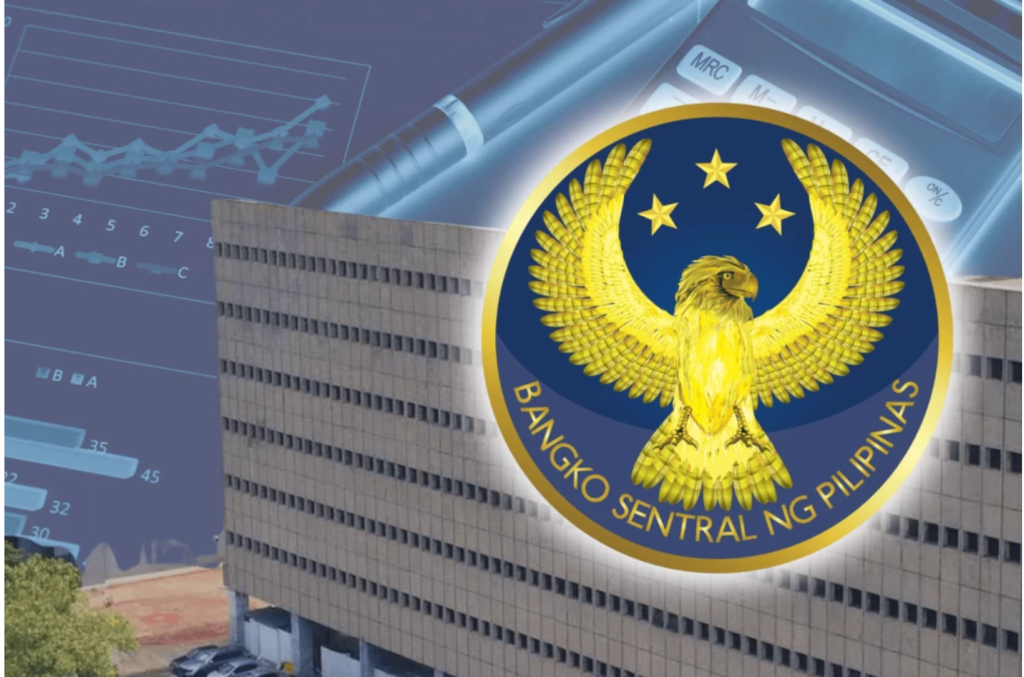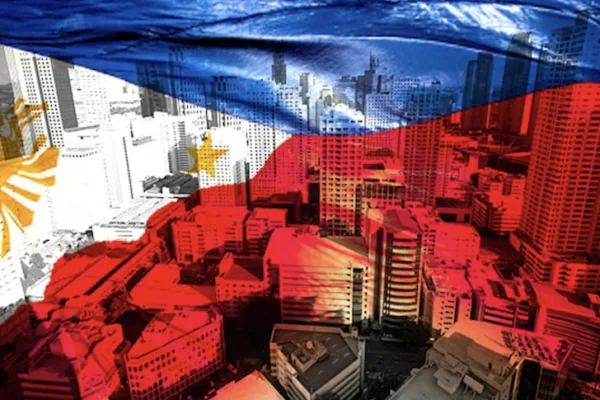The Philippine economy displayed a blend of resilience and cautionary signs in recent months, as key financial indicators revealed growth in domestic liquidity, stronger foreign reserves, and a modest rise in inflation.
Taken together, these data points suggest a stable yet closely monitored environment, with the Bangko Sentral ng Pilipinas (BSP) reaffirming its commitment to balance growth with price and financial stability.
Domestic liquidity expands, driven by bank lending

Domestic liquidity (M3) — the broadest measure of money supply that includes cash, bank deposits, and other liquid assets — grew by 6.2 percent year-on-year in July, reaching ₱18.6 trillion. This was faster than June’s revised growth of 5.9 percent, with seasonally adjusted month-on-month growth hitting 0.9 percent.
On the other hand, net foreign assets dipped by 0.6 percent, reflecting lower gross international reserves (GIR) at the time, though banks partially offset this decline with larger holdings of foreign-currency debt instruments.
The expansion was mainly propelled by credit to the domestic sector. Claims on private businesses and households grew by 11.0 percent, reflecting robust bank lending, while net claims on the central government increased by 7.1 percent due to higher borrowings.
The BSP noted that these trends highlight continued domestic demand and financing activity, underscoring the role of bank credit in fueling economic activity.
Foreign reserves strengthen amid global gold gains

Just a month later, the BSP’s external position showed signs of renewed strength. Preliminary data revealed that the Philippines’ GIR climbed to US$105.9 billion as of end-August 2025, up from US$105.4 billion in July. The increase was attributed to higher global gold prices and steady returns from BSP’s foreign investments.
GIR serve as a vital safeguard, ensuring the country can meet external obligations such as imports and foreign debt servicing. The August level is equivalent to 7.2 months’ worth of imports of goods and services — well above the conventional adequacy threshold of three months. It also covers 3.4 times the country’s short-term external debt based on residual maturity.
Such buffers are crucial in shielding the economy from global financial volatility, offering confidence to investors and policymakers alike. Net international reserves also mirrored this strength, rising by US$0.5 billion during the same period.
Inflation creeps up but remains manageable

On the consumer side, headline inflation inched up to 1.5 percent in August from 0.9 percent in July, still within the BSP’s forecast range of 1.0 to 1.8 percent for the month. Despite the increase, average inflation for the first eight months of 2025 stood at 1.7 percent — comfortably below the government’s target range of 2.0 to 4.0 percent.
The uptick was driven primarily by food inflation, with weather disturbances disrupting the supply of vegetables and fish. Meanwhile, rice prices softened due to abundant supply and effective government stabilization measures. Non-food inflation also rose modestly, largely reflecting higher fuel prices at the pump.
Core inflation, which strips out volatile items such as food and fuel, accelerated from 2.3 percent in July to 2.7 percent in August, suggesting some underlying price pressures. The BSP projects that inflation will remain below target for 2025 before reverting to the 2.0 to 4.0 percent range by 2026 and 2027.
BSP’s steady hand in a shifting landscape

The simultaneous rise in liquidity, foreign reserves, and inflation presents both opportunities and challenges. Expanding credit and stronger reserves signal economic resilience, but even modest inflationary pressures demand vigilance.
The BSP reiterated its readiness to calibrate monetary policy as needed, ensuring that liquidity conditions remain consistent with both price stability and financial soundness. As external uncertainties persist — from volatile commodity prices to shifting global market trends — the central bank’s balancing act will remain a key factor in sustaining the country’s growth momentum.
For now, the Philippine economy appears to be navigating steady waters — supported by solid reserves and credit expansion, but with its course carefully steered to avoid inflationary turbulence.








